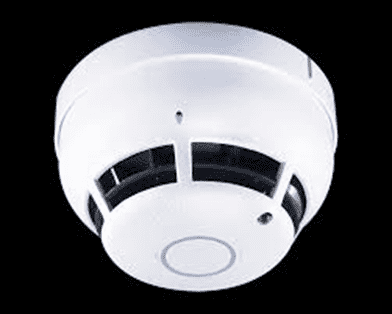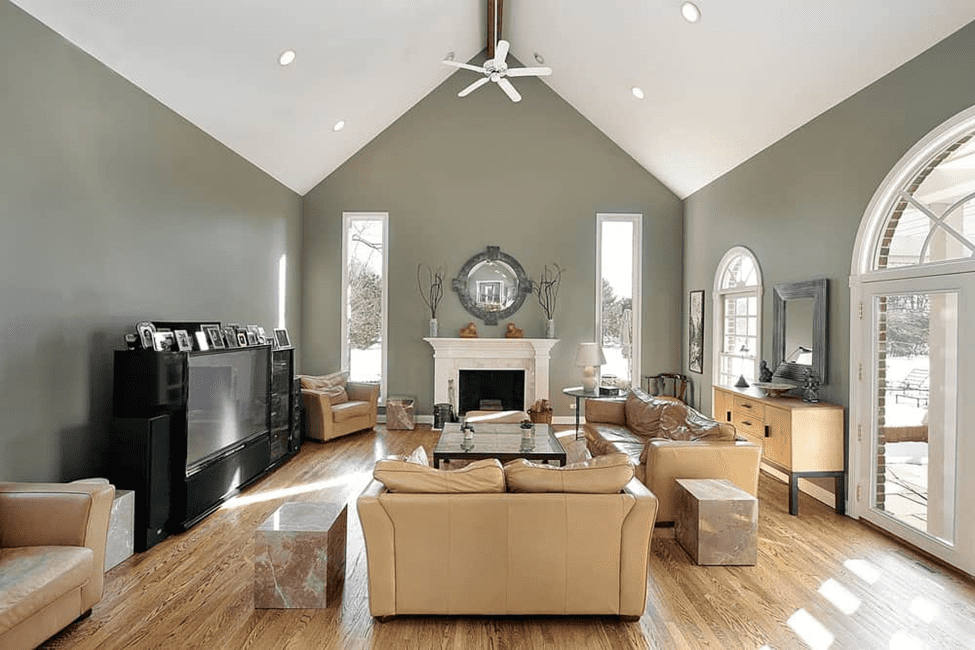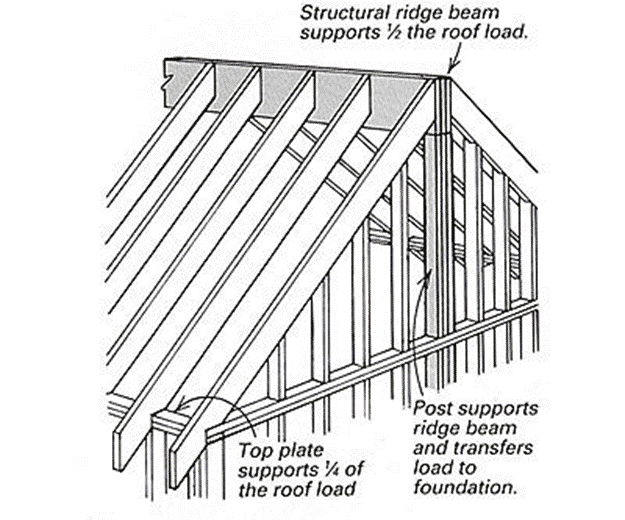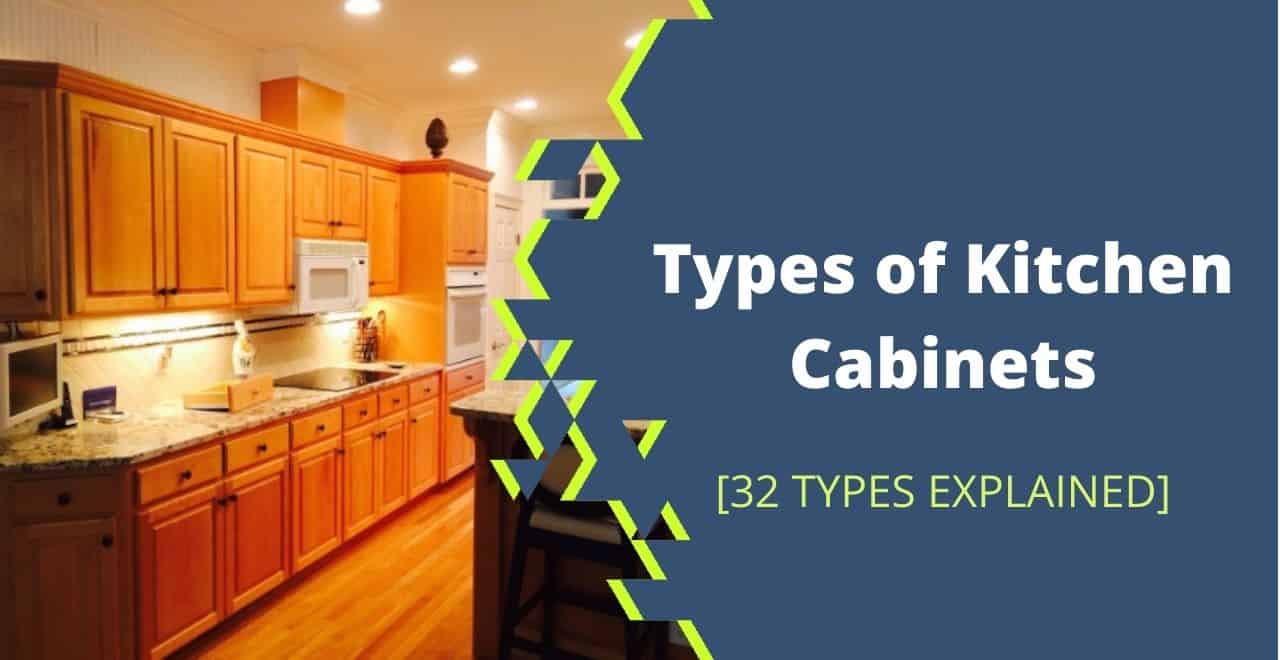Are you seeking to add a dramatic touch and grandeur to your home?
Vaulted ceilings and cathedral ceilings, both of which are high ceilings, can help you achieve this. If you are considering redesigning your ceiling, you may want to think of any of these.
High ceilings are a common feature in Southern architecture, averaging a height of 10 to 16 feet. This is according to New Orleans Architecture Tours.
However, what is a vaulted ceiling? And what is a cathedral ceiling?

Source: simsol.com
In this article, I will discuss each of these ceilings in detail.
Moreover, you may want to know the differences between a vaulted and cathedral ceiling. I researched the same, and I bring you my findings.
I will also tell you the pros and cons of each of these ceilings so you can decide which best suits you.
JUMP TO : Vaulted Ceiling | Cathedral Ceiling | Vaulted and Cathedral Ceiling Diffrences
Vaulted Ceiling – Explained

Source: istockphoto.com
What is a vaulted ceiling?
In technical terms, a vaulted ceiling is any ceiling with a self-supporting arch that comes in various styles.
“A vaulted ceiling extends up from side walls toward a center, creating a volume of space overhead,” Steve Kadlec (Kadlec Architecture + Design).
The vault allows the ceiling to extend above the flat roof and use unused roof structure space.
The origin of vaulted ceilings is churches and basilicas; however, they have transformed dramatically over the centuries.
It’s also worth noting that vaulted ceilings have become popular in all modern and traditional homes.
Important note: The symmetry of roof shapes doesn’t limit vaulted ceilings. They can offer asymmetry with a single slope or uneven sides.
Are vaulted ceilings outdated?
Not at all. Vaulted ceilings come in various designs and styles, making them more modern. Some vaulted styles include:
- Barrel Vaulted Ceiling
- Groin Vaulted Ceiling
- Dome Vaulted Ceiling
The barrel-vaulted ceiling, also called wagon vault or tunnel vault, is the most popular and common. It’s simplistic, with only one uniform arch extending across the whole room.
The groin vault is formed when two barrel vaults intersect at a right angle to create a “groin” or an edge.
The dome vault looks like a flat ceiling but has a central recessed dome.
In my research, I came across several homeowners who complained about the smoke detectors in vaulted ceilings. The major complaint here is that the smoke detectors will want new batteries at 3 a.m.

Source: protect.co.uk
However, this may not be reason enough for you not to consider a vaulted ceiling. The only challenge comes in replacing the batteries; you will need a ladder because of the height.
Pros of Vaulted Ceilings
- makes use of otherwise wasted roof space
- makes your home look larger
- helps in enhancing the lighting of your room
- makes your room appear more charming
Cons of Vaulted Ceilings
- your house will take more time to heat due to the extra space created
- calls for frequent maintenance
- high installation costs
- may pose challenges in cleaning due to height
Cathedral Ceiling- Explained

Source: pinterest.com
How do you identify a cathedral ceiling?
The distinguishing factor of a cathedral ceiling is its high peak at the center of a room. Both sides of the peak feature two equal slopes that run parallel to the roof’s pitch.
Why are cathedral ceilings popular among homeowners?
It’s because they open up your room to the highest point possible, creating a dramatic open space.
The slopped ceiling doesn’t really mean more space. However, adding a vertical volume portrays an illusion of a large room.
Tip: Cathedral ceilings go better with larger windows.
Are cathedral ceilings outdated?
Not at all. They are far from that, considering their transformation magic of an otherwise flat ceiling to a dramatic vertical space.
Pros
- Additional space
- Additional natural light
- Creates a dramatic design feature
Cons
- House takes a long time to heat up
- High installation costs due to additional framing
- Vertical challenges when replacing bulbs, cleaning, or doing repairs
Comparison Between Vaulted and Cathedral Ceiling
Vaulted ceilings and cathedral ceilings are several similarities and few differences. Below are some of the major areas of comparison.
Architectural Design
For a cathedral ceiling, its architectural design features equal steeply sloping sides. These sloping sides reflect the roof structure’s pitch and meet in the middle of the room at a ridge. See the diagram below:

Source: Pinterest.com
The vaulted ceiling, however, doesn’t follow the roof’s pitch.
Verdict: Whereas a cathedral ceiling has only one architectural design, a vaulted ceiling comes in several designs which you can choose from.
Also Read: 20 Types of Dormers and Their Architecture
Heating
You know that hot air rises, right?
Hot air is usually lighter than cold air. Consequently, it tends to float on top of the cold air and everything else in the house.
For both vaulted ceilings and cathedral ceilings, this concept is true. These ceilings are both high; thus, much of the heated air tends to rise to the ceilings.
Consequently, you might find it challenging to heat your room, especially during winter. There’s much space at the ceiling for the hot air to rise.
As such, both vaulted ceilings and cathedral ceilings aren’t energy efficient.
To ensure your house remains warm, you only have two options:
- employ the use of a fan to help push the hot air down (although it would still rise again)
- crank the heat up, even more, hoping that some of it will eventually get to you
Verdict: Thanks to the additional space created by each of these ceilings, they are both not energy efficient.
Installation Cost
Does it cost more to have a vaulted ceiling or a cathedral ceiling?
Yes, it will cost you extra to add a cathedral ceiling or a vaulted ceiling.
The cost of installing a cathedral ceiling and vaulted ceiling ranges from $18,000 to $25,000. However, this estimation may vary according to different locations.
Important note: Adding a cathedral ceiling or a vaulted ceiling to a new building will increase construction costs by almost 20 percent.
Adding a vaulted ceiling or a cathedral ceiling to an already existing house will shoot the cost even higher, $18,000 to $35,000. The main reason is that you will need to remodel your house, which will require a structural engineer and architect.
For the vaulted ceiling, the cost of installing each of the different vault ceiling types such as Groin, Dome, Barrel, and Rib is $4,800 – $10,000
Also Read: How Much Does It Cost to Build a Kitchen Island?
Verdict: Whereas the cost of a cathedral ceiling is constant in the same range, some designs of a vaulted ceiling are cheaper.
Vertical Space
Both vaulted ceilings and cathedral ceilings aim at creating additional vertical space. They achieve this by taking advantage of the wasted space in the attic.
A cathedral ceiling goes up to a high central peak. It causes a lovely vertical space transformation of the ceiling.
The additional vertical space created by both the cathedral ceiling and the vaulted ceiling helps to create an illusion that the room is larger.
Verdict: Both vaulted and cathedral ceilings create a vertical space in your house, making it appear bigger.
Airflow
Both cathedral ceilings and vaulted ceilings go better with larger windows. The vertical space they create helps bounce the natural light back to the living room.
Consequently, the two ceilings are a great way of improving airflow and lighting in your room.
Verdict: Both vaulted ceilings and cathedral ceilings help to enhance airflow in the house.
Maintenance
Several factors related to vaulted ceilings and cathedral ceilings increase the cost of maintenance.
Firstly, your furnace will have to work harder to warm the room because of the extra space. If you are using an electronic heater, that will result in higher bills.
Moreover, the additional components in these ceilings, such as exposed beams and shape, raise the maintenance cost. The components can pose a challenge in repairing, hence a higher cost.
These two ceilings are also a challenge to clean because of their height. To remove cobwebs and dust, you will require a ladder and other tools with an extension.
Additionally, you may require a lift or ladder if you want to change the lights near the ceiling.
The cost of painting these ceilings will also be relatively higher because of the height.
Verdict: The cost of maintaining each of these two ceilings is high because of the additional height.
Wrapping it up
The detailed comparison above will come in handy if you are thinking of either a cathedral or a vaulted ceiling. Each of the two ceilings has its pros, such as improving airflow and lighting in your home.
Likewise, each has its cons, such as high maintenance costs due to the high height.
However, if the design is your priority, you can go for the one that best suits you. Remember, vaulted ceilings come in various designs.

![20 Types of Dormers and Their Architecture [Explained] 20 Types of Dormers and Their Architecture [Explained]](https://houseadorable.com/wp-content/uploads/2022/05/Dormer.jpg)
![Granite Vs. Marble Vs. Quartz Countertops [12 Differences+Pros & Cons] Granite Vs. Marble Vs. Quartz Countertops [12 Differences+Pros & Cons]](https://houseadorable.com/wp-content/uploads/2022/03/quartz-marble.jpg)

![Kitchen Island Table Height [Explained With All Aspects] Kitchen Island Table Height [Explained With All Aspects]](https://houseadorable.com/wp-content/uploads/2022/03/kitchen-island-height.jpg)
![What Is Kitchen Cabinet Refacing? [Pros and Cons + Cost Analysis] What Is Kitchen Cabinet Refacing? [Pros and Cons + Cost Analysis]](https://houseadorable.com/wp-content/uploads/2022/04/Refacing.jpg)

![36 Vs. 42 Kitchen Cabinets [7 Differences Explained] 36 Vs. 42 Kitchen Cabinets [7 Differences Explained]](https://houseadorable.com/wp-content/uploads/2022/10/cab.jpg)